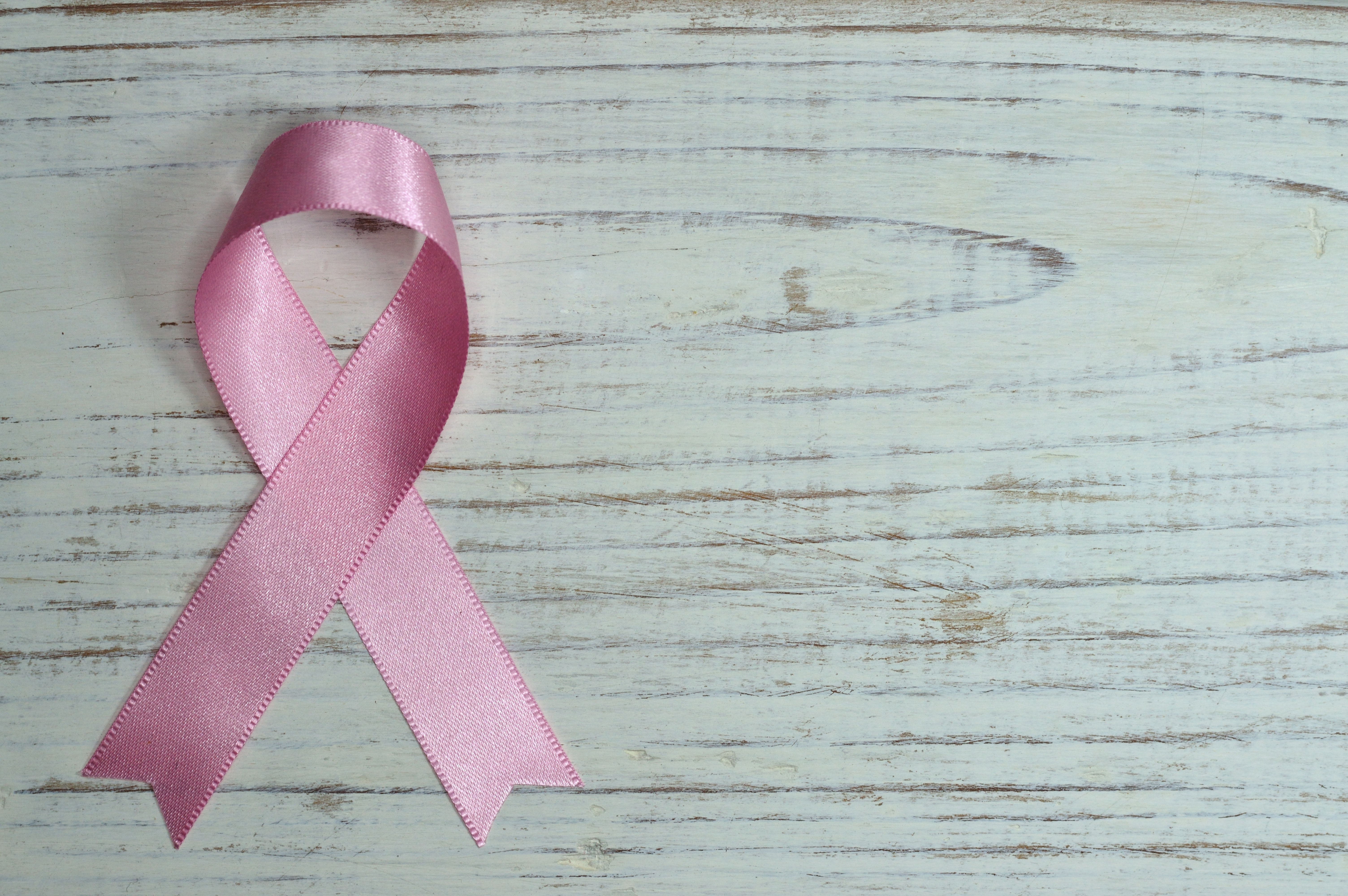A mammogram is simply X-rays of the breasts. And it happens to be the BEST and most SENSITIVE screening tool for breast cancer currently available – PERIOD.
Why Are Mammograms Important?
Mammography has been uniquely responsible for a nearly 40% reduction in the number of breast cancer deaths. By virtue of their capability for early detection of breast cancer, mammograms remain the ONLY diagnostic procedures shown to reduce such deaths.
Screening versus Diagnostic Mammograms
Mammograms come in two varieties. Screening mammograms aim to detect abnormalities, and involve a couple of images of each breast. Diagnostic mammograms are used to evaluate changes seen during screening, and in special circumstances like when breast implants obscure the view of breast tissue. They involve more images, angles – and more exposure to radiation.
Risks of Mammograms
Being best isn’t the same as being perfect. Mammograms have some risks. Let’s examine some of them:
False-Positives
A false-positive occurs whenever a test detects an abnormality (a “positive” result) when there is none. For mammograms, a false positive entails detecting something that is NOT cancer.
Interestingly, false-positives tend to increase as the number of mammograms a woman has increases. According to the National Cancer Institute, over half of women undergoing annual screening for 10 years will experience a false-positive result.
False-Negatives
A false-negative occurs when a test fails to detect an abnormality that IS present at the time. As great as they are, mammograms miss cancers about 15-20% of the time.
Many false-negatives are caused by “dense breasts,” which will be the subject of another post. For now, know that false-negatives are more common among younger women, as they are more likely to have dense breasts than more mature women.
Overdiagnosis
Overdiagnosis refers to detection of a tumor or benign change that, left untreated, would NOT have caused death – or at least wouldn’t have killed you before something else did.
There is currently no way for doctors to distinguish between breast cancers that might kill you and those that will not. Overdiagnosis, then, is essentially playing things safe.
Risk of Radiation Exposure
Mammograms involve exposure to low-level radiation. One of the most dangerous myths regarding mammograms is that such exposure might itself cause cancer. This is NOT the case. Mammograms are safe (for non-pregnant women) as long as they are done at a facility certified by the appropriate regulating agencies.
Mammography Save Lives
The American College of Radiology sponsors a public service campaign called Mammography Saves Lives. Please visit the website to learn more about mammograms and watch a few short informative videos like this one:
Also, consider following the campaign on Facebook or subscribing to its YouTube channel to be alerted of new videos. Knowledge is power!
Photo by Miguel Á. Padriñán from Pexels
